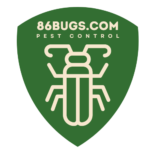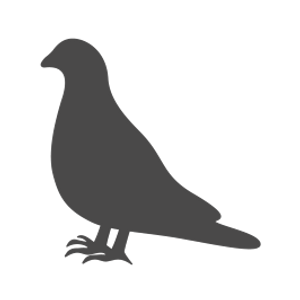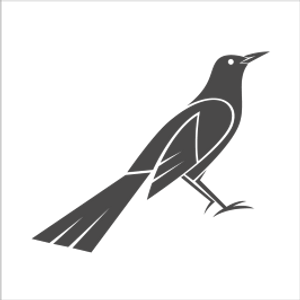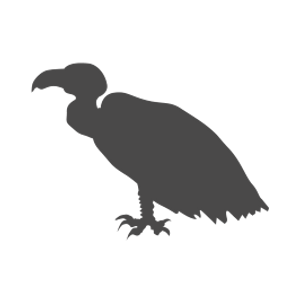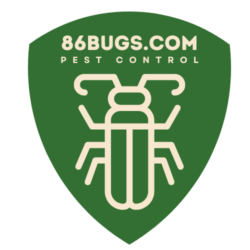Avian Nuisance Mitigation
Blue Heron
Keep Blue Herons from eating your expensive Koi fish. Try 86Bugs Blue Heron deterrents and pond defenders; easy to install, affordable and effective.
Blue Herons can be found throughout North America. While graceful to watch and interesting to observe how they hunt for fish, they can pose major problems to pond owners and become a very costly nuisance to aquaculture production.
The birds are protected by the United States Migratory Bird Treaty Act, so humane methods of deterrence must be observed.
Information About Blue Herons
Blue Herons spend nearly 90 percent of their time stalking for food. Usually seen along coastlines, in marshes, or near the shores of ponds or streams, blue herons are remarkably adaptable. They are expert fishers, snaring their prey by walking slowly, or patiently standing still for long periods. The birds have five times the density of rods in their eyes as a human retina, which make them excellent night hunters. They will eat shrimp, crabs, small mammals, amphibians, small birds, rodents and insects. Blue Herons can weight up to 8 pounds, stand 38-54 inches tall and have a six-foot wingspan. They usually breed in colonies ranging in size from 5-500 nests.

Why Blue Heron Control?
Blue Herons can pose a costly threat to aquaculture production areas, consuming many types of fish, crustaceans, amphibians, and other small vertebrates. They have also been known to eat expensive fish found in private ponds. Heron droppings can create ongoing cleanup problems. The semi-liquid, mostly white droppings can contaminate man-made ponds. Concentrated heron droppings can destroy lawns, plants and sometimes kill the trees.
How to Get Rid of Herons
There are several humane options for deterring Blue Herons from landing or nesting on your property. It’s important to thoroughly clean up any bird droppings or nesting materials before any deterrent products are installed (herons are attracted to the scent of their droppings and nests). Here are a few steps you can take to get rid of blue herons:
- Make Koi ponds and docks less hospitable by employing motion-activated sprinklers to drive them away.
- Install physical bird deterrents such as Bird Spikes or a Bird Spiders to prevent herons from perching on rooftops or fence lines.
- Install a wire grid or Bird Netting above koi ponds to physically keep herons out.
Remove Food Sources
- Koi ponds provide Blue Herons with a plentiful (and expensive) food source. Protect your investment by using wire grid or Bird Netting to keep herons away from your Koi.
- Provide hiding places for your fish in the pond.
- Tightly close all trash containers.
Scare Tactics
Blue Herons are alert to any perceived threats, so scare tactics can be highly effective.
- The Scarecrow Motion Activated Sprinkler is ideal for keeping herons away from ponds. The unit sprays a stream of water every time motion is sensed.
- Create a visual distraction zone by hanging Visual Deterrents, such as flash tape, Predator Eye Balloon and Reflective Eye Diverters.
